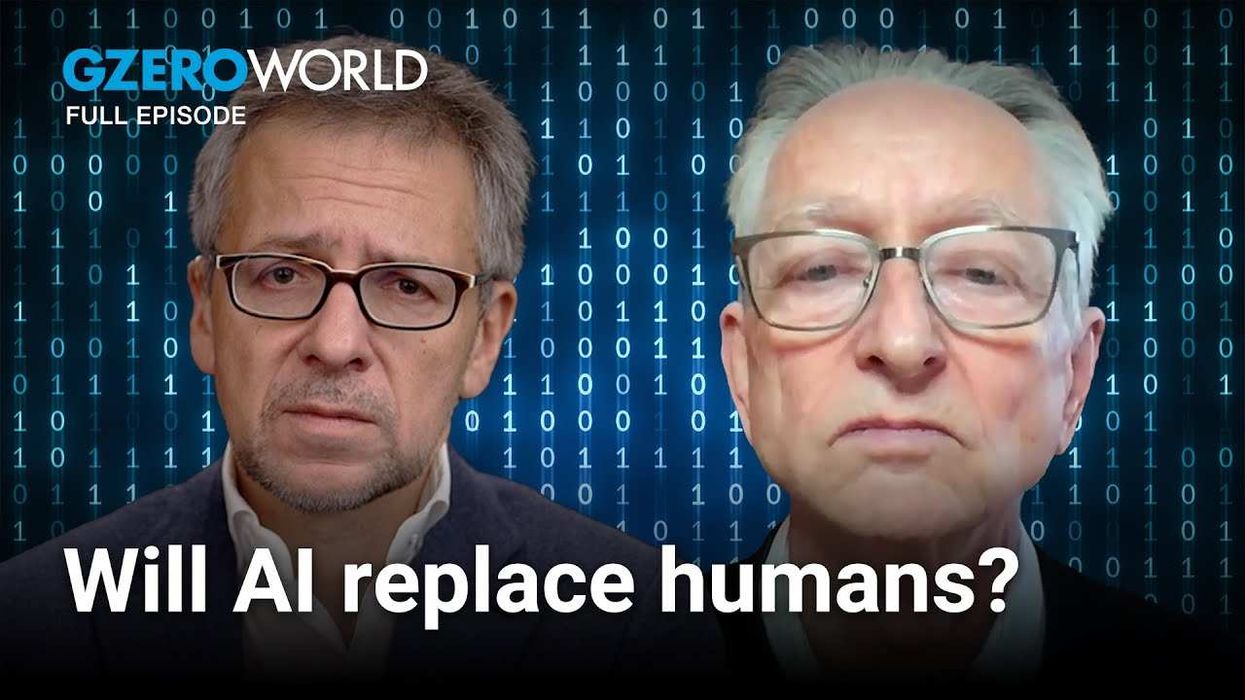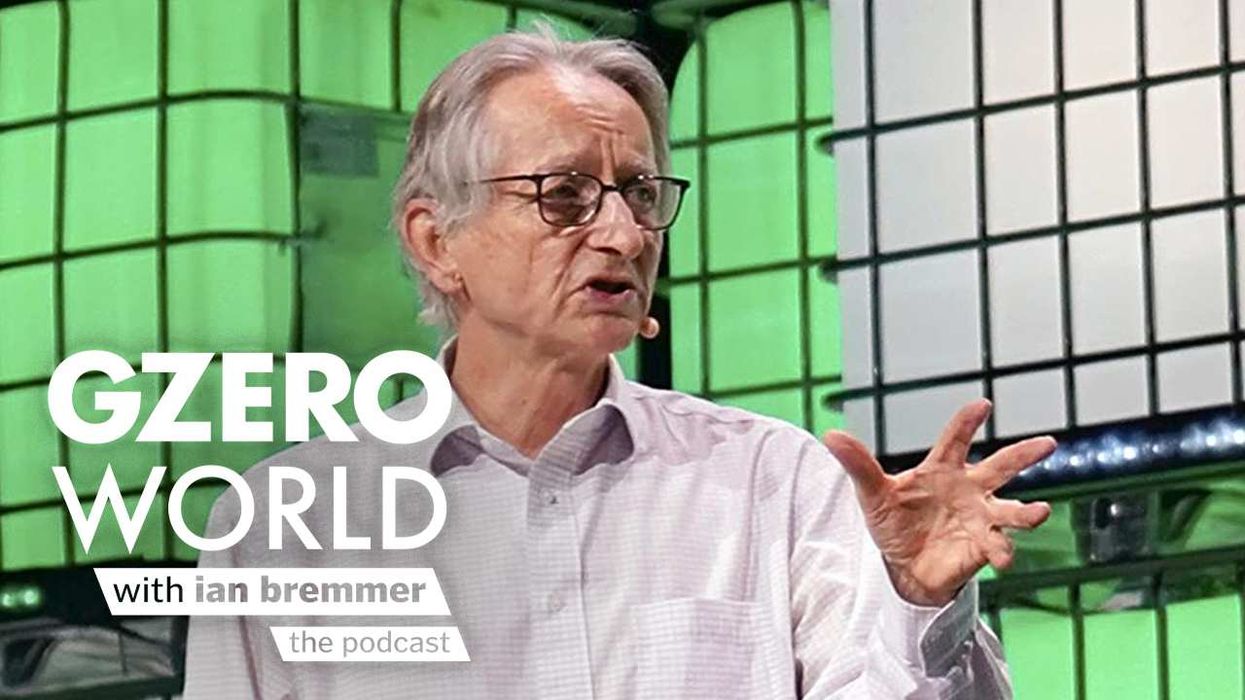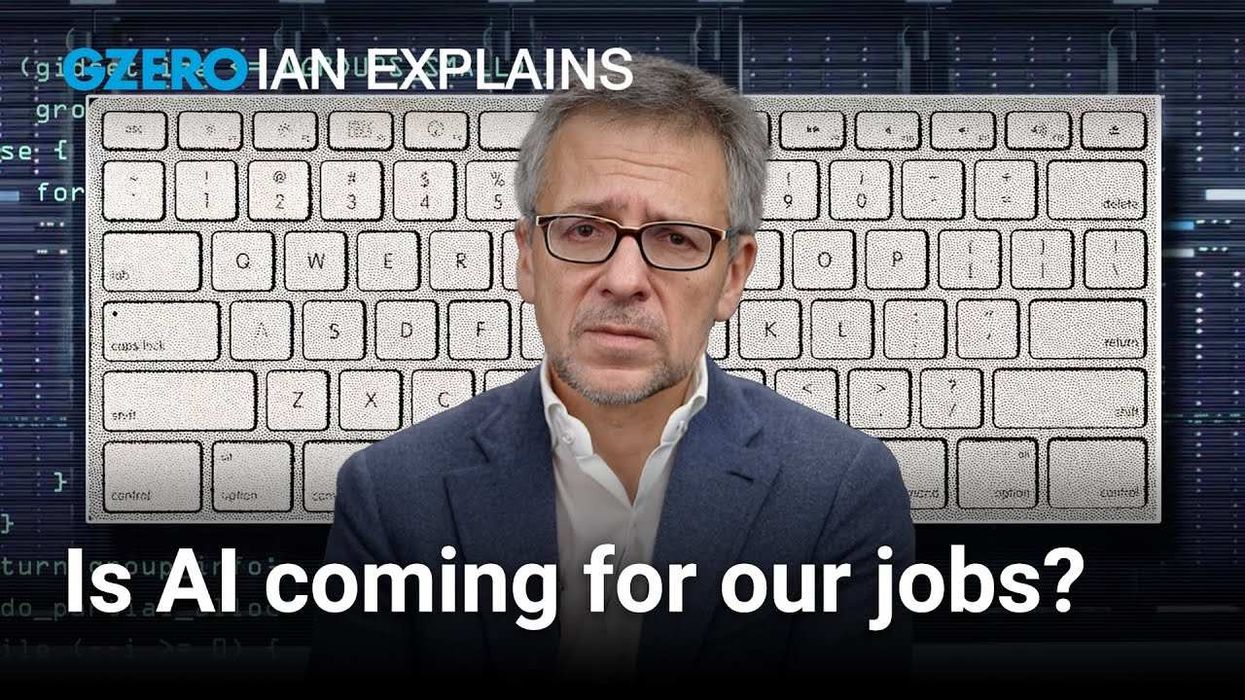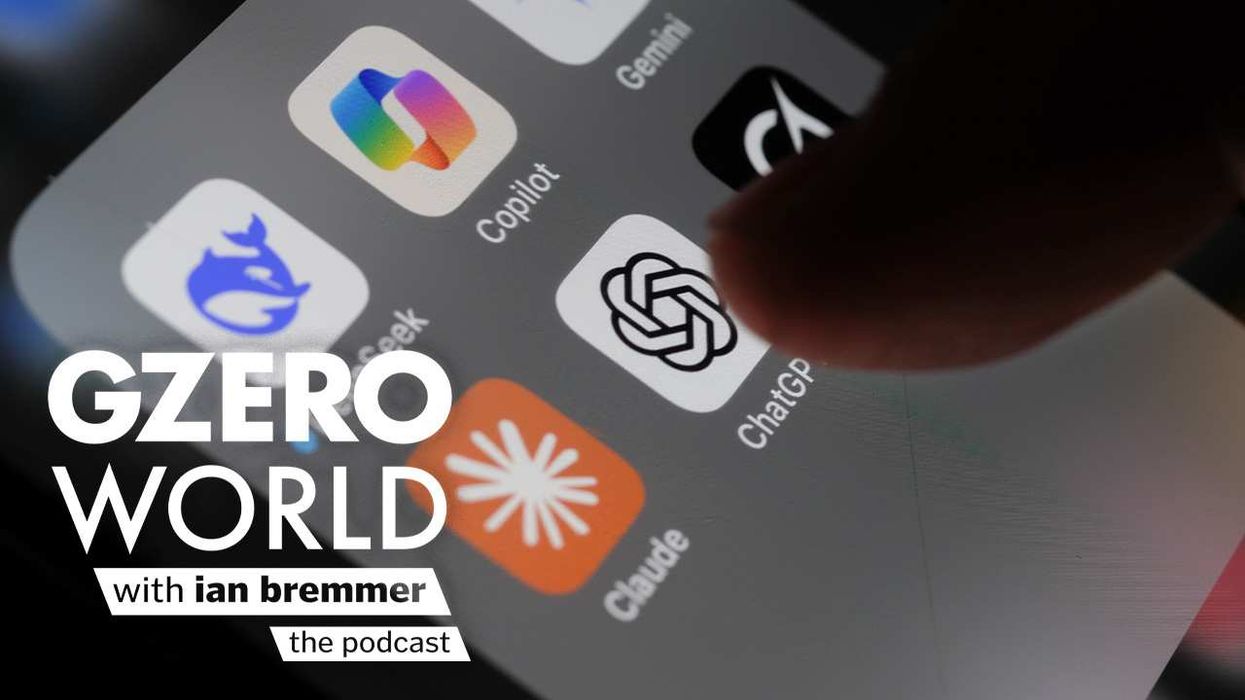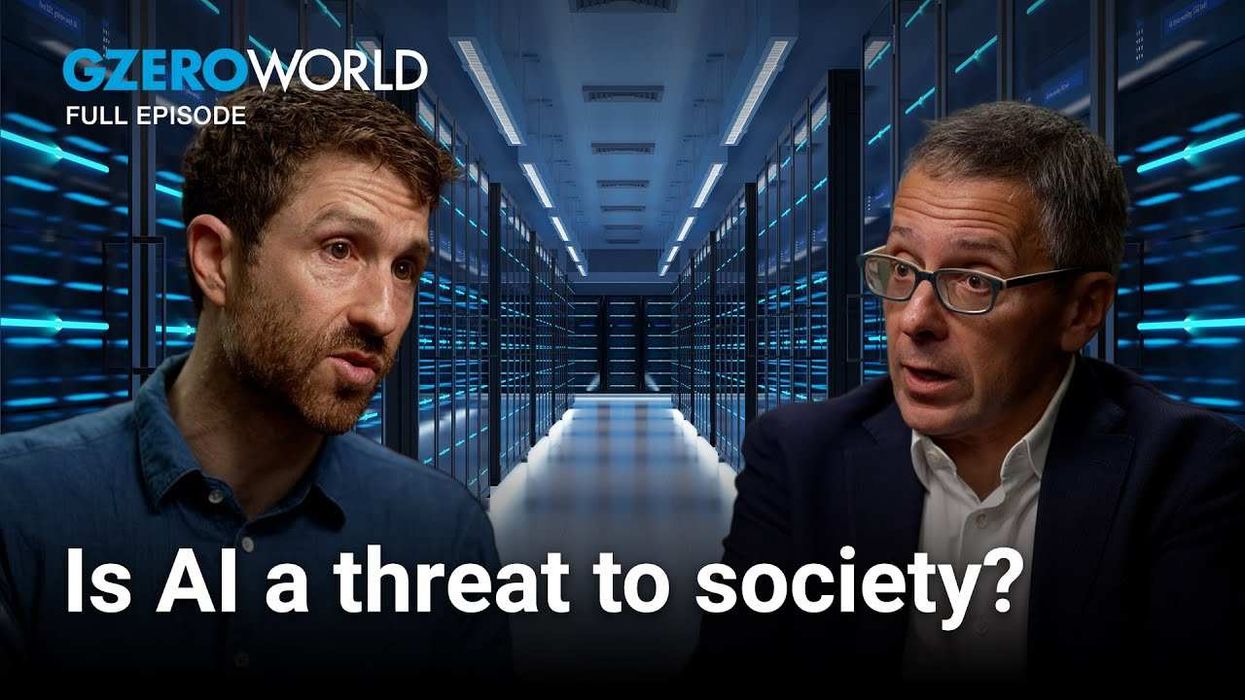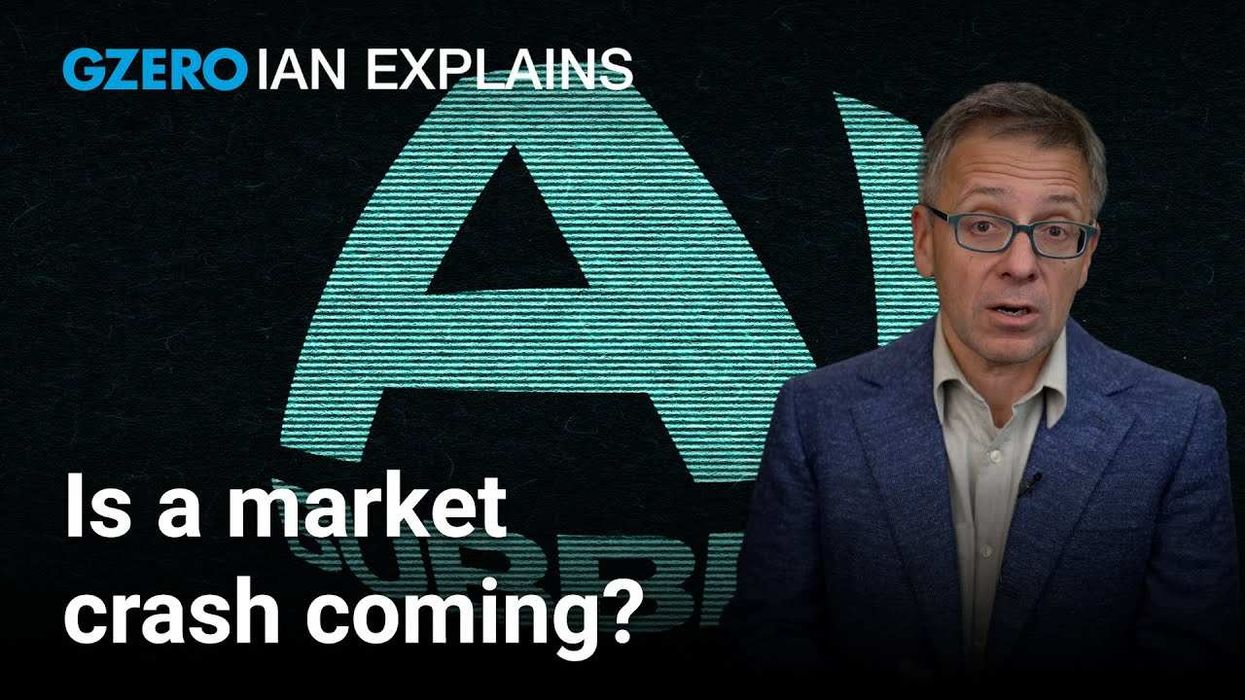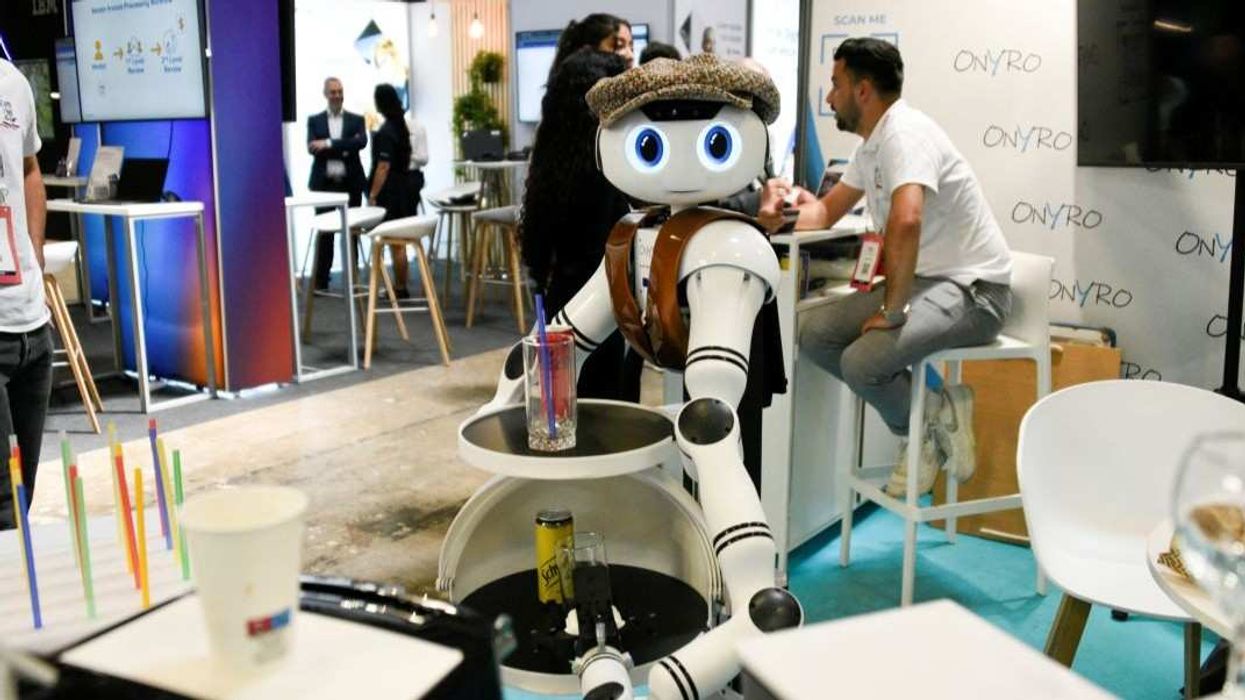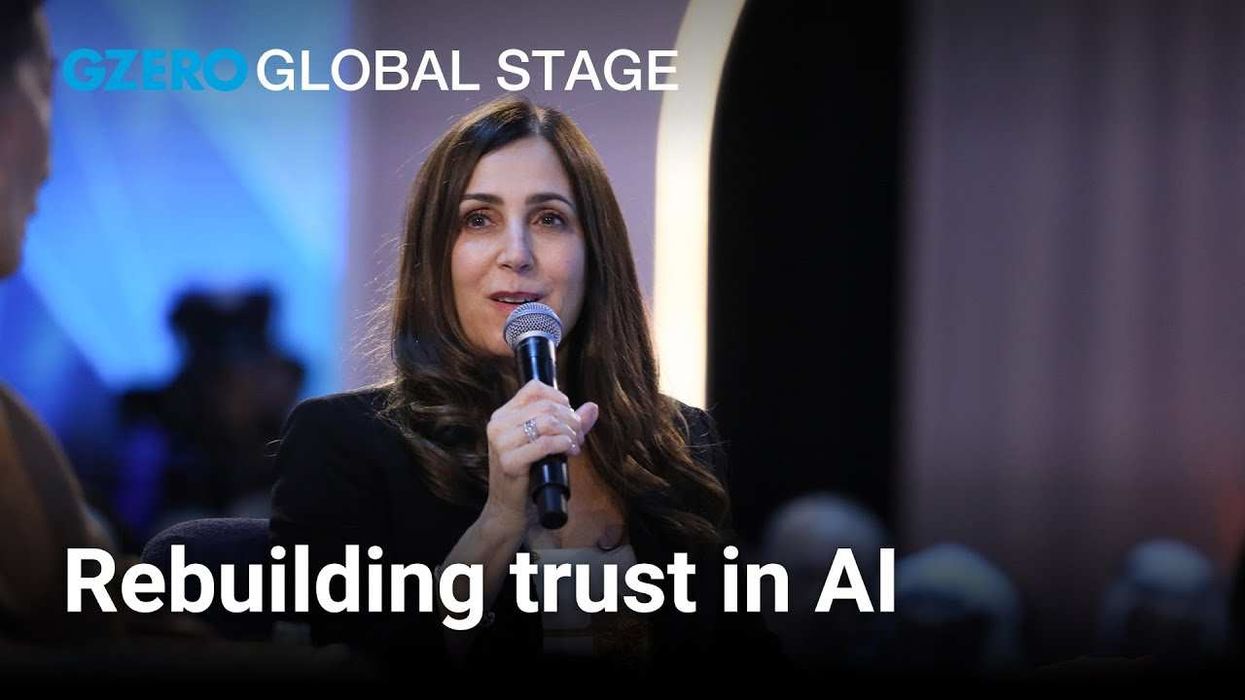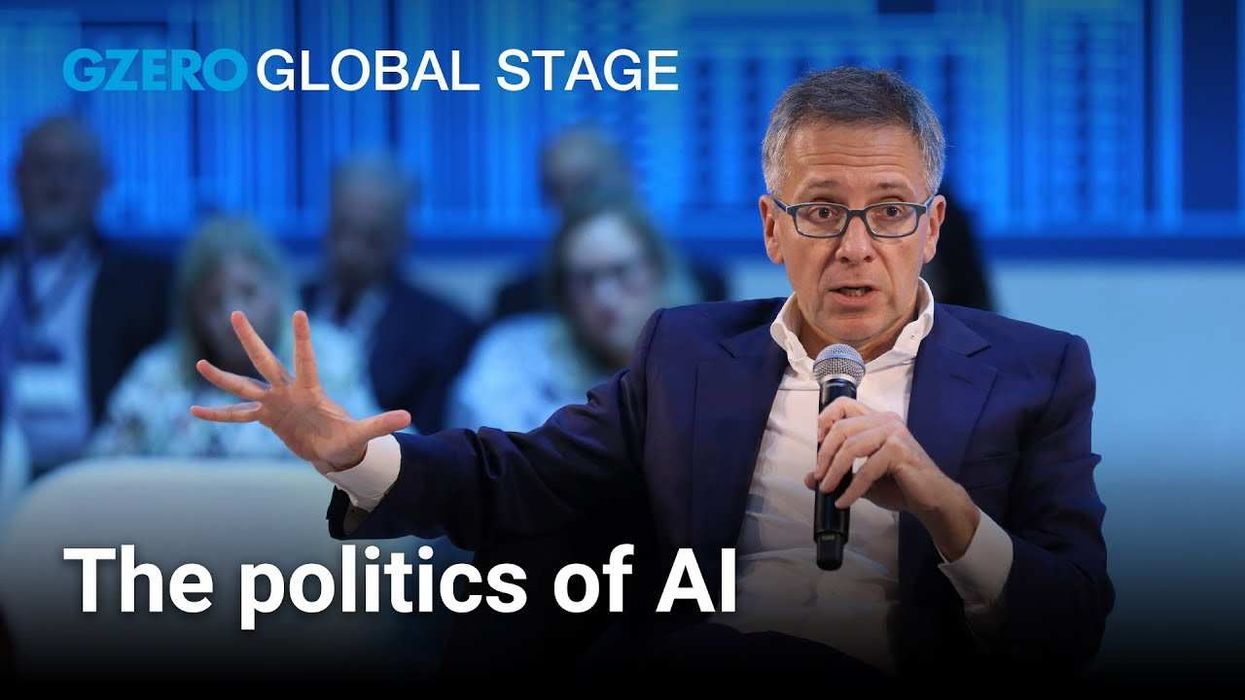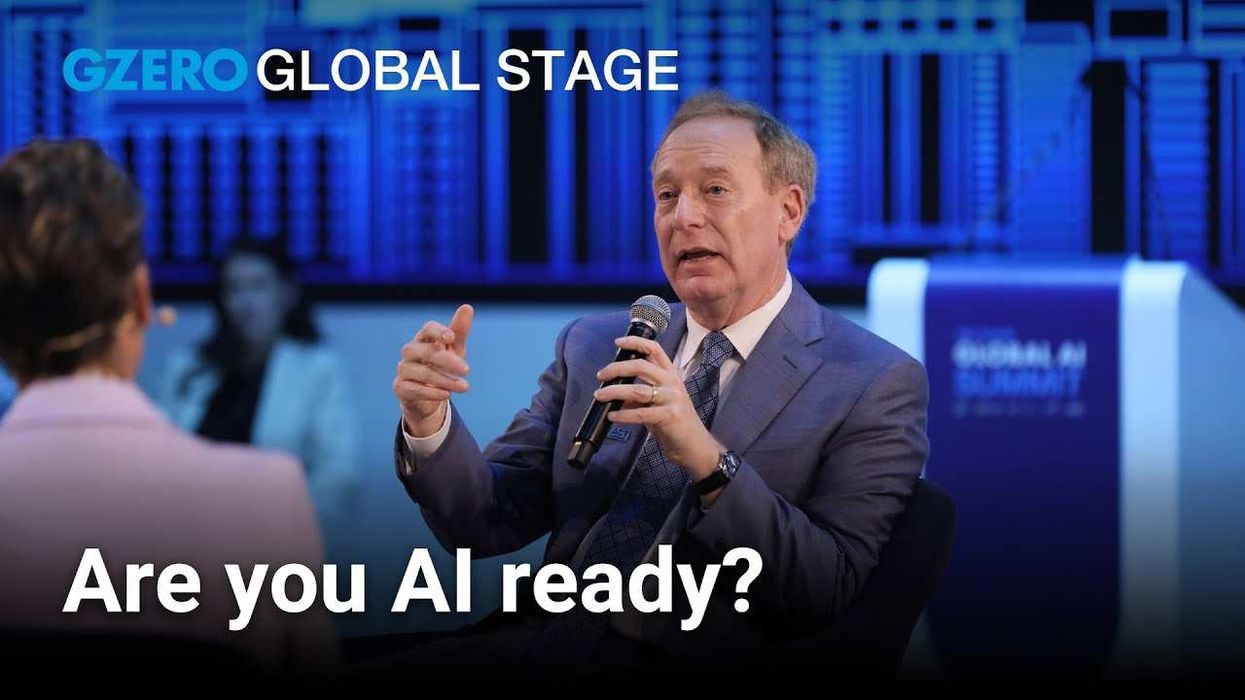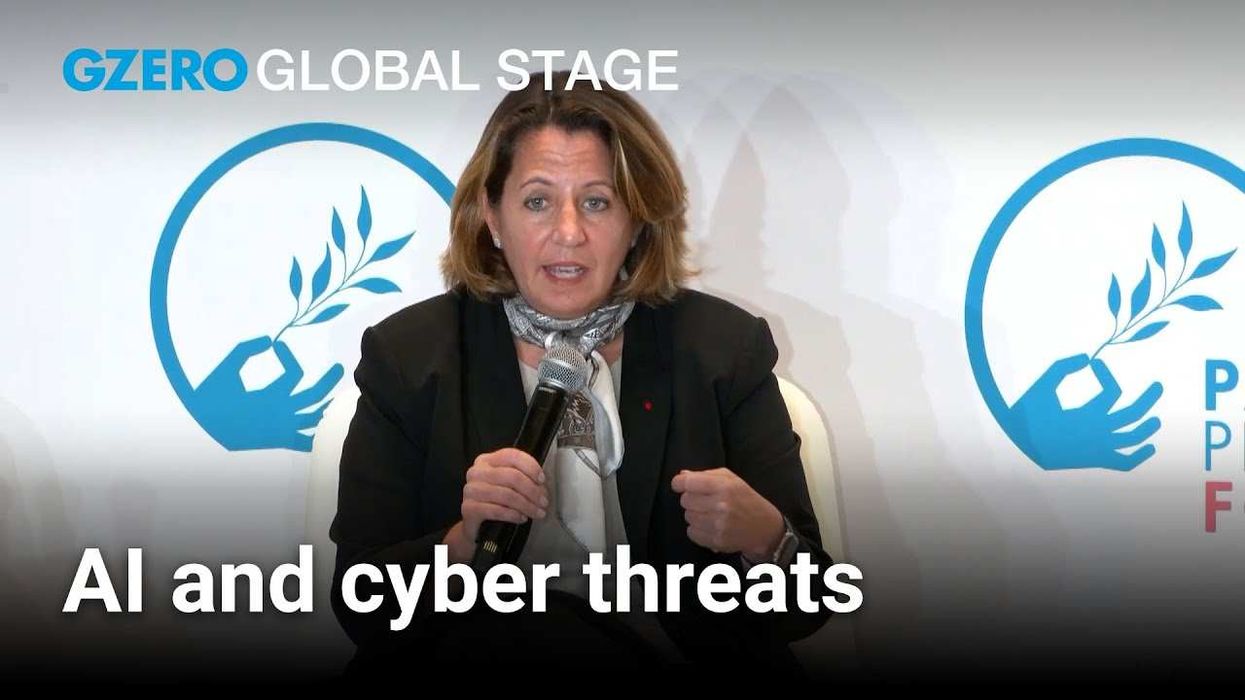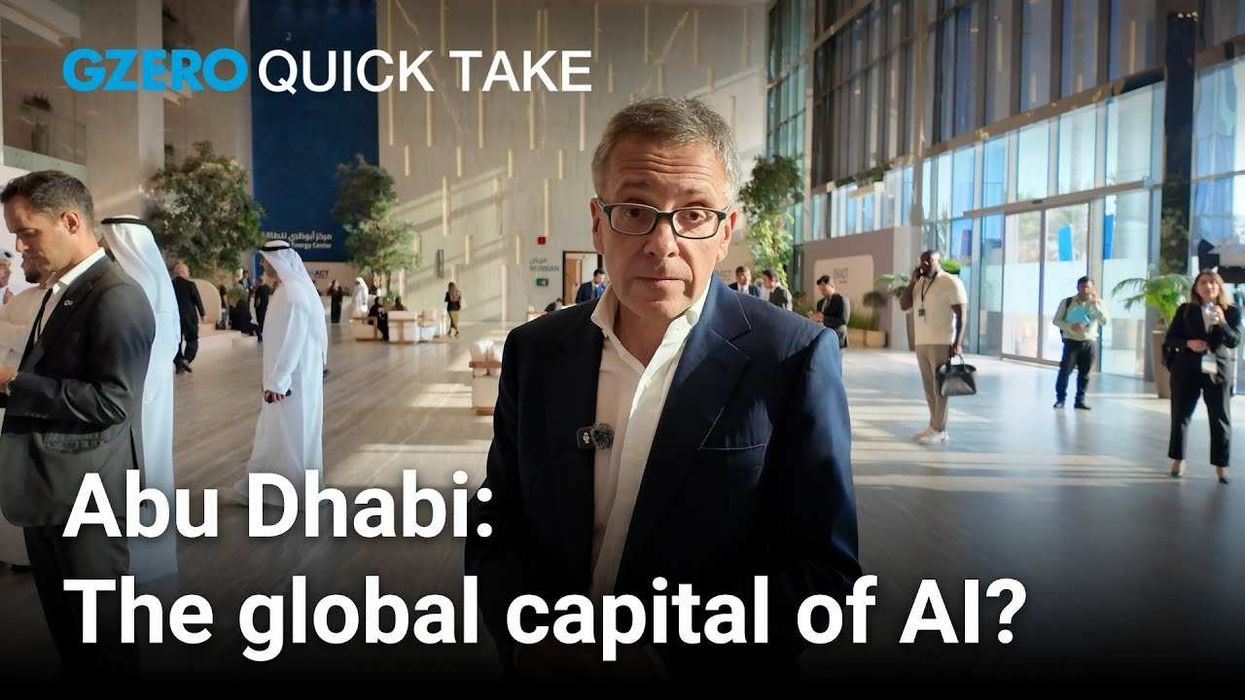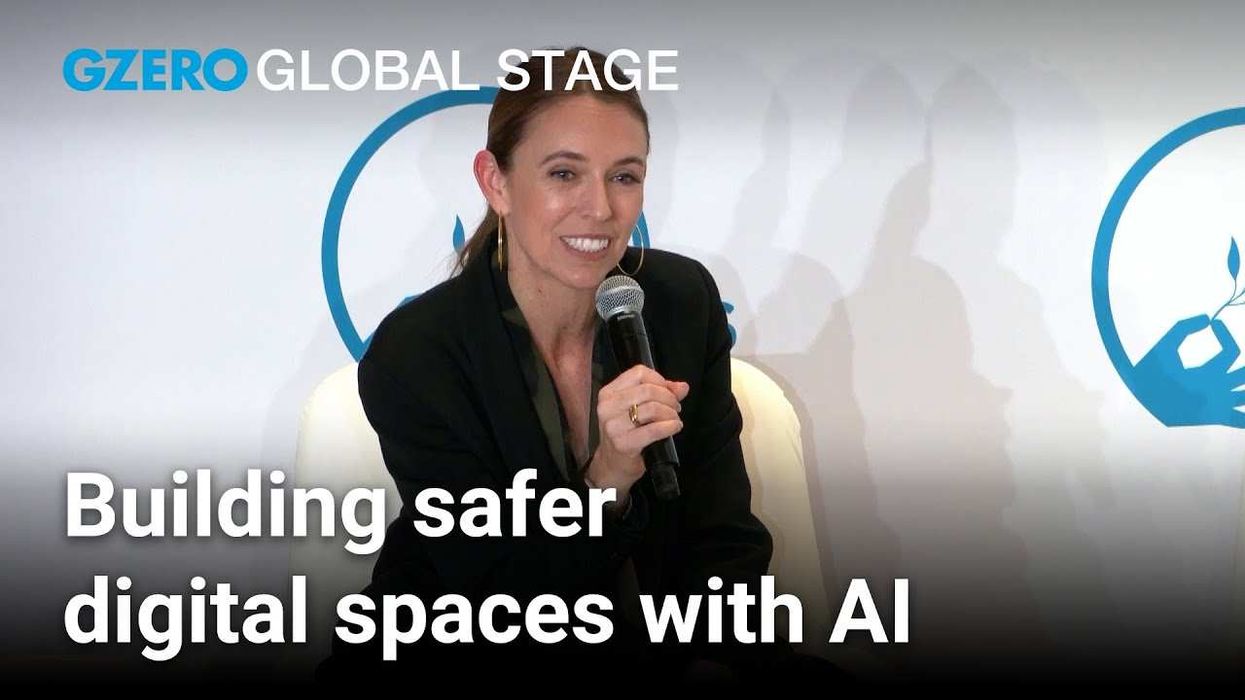VIDEOSGZERO World with Ian BremmerQuick TakePUPPET REGIMEIan ExplainsGZERO ReportsAsk IanGlobal Stage
Site Navigation
Search
Human content,
AI powered search.
Latest Stories
Start your day right!
Get latest updates and insights delivered to your inbox.
AI
How do we deal with artificial intelligence? GZERO and Ian Bremmer discuss the tremendous power and upside that AI promises to the world, along with its risks and potential to disrupt every aspect of politics and our societies.
Popular
Recent
Load More
GZERO Daily: our free newsletter about global politics
Keep up with what’s going on around the world - and why it matters.

